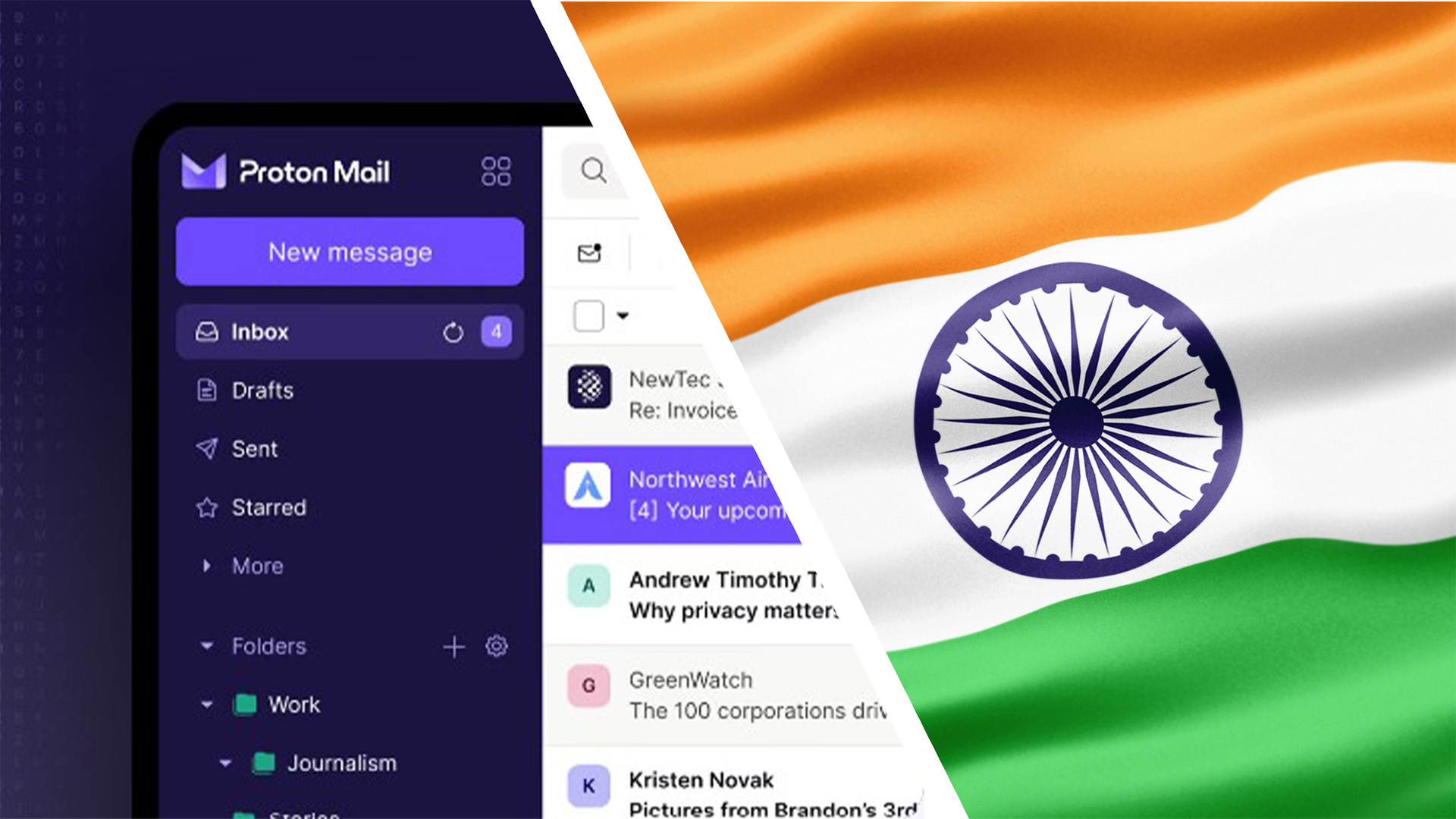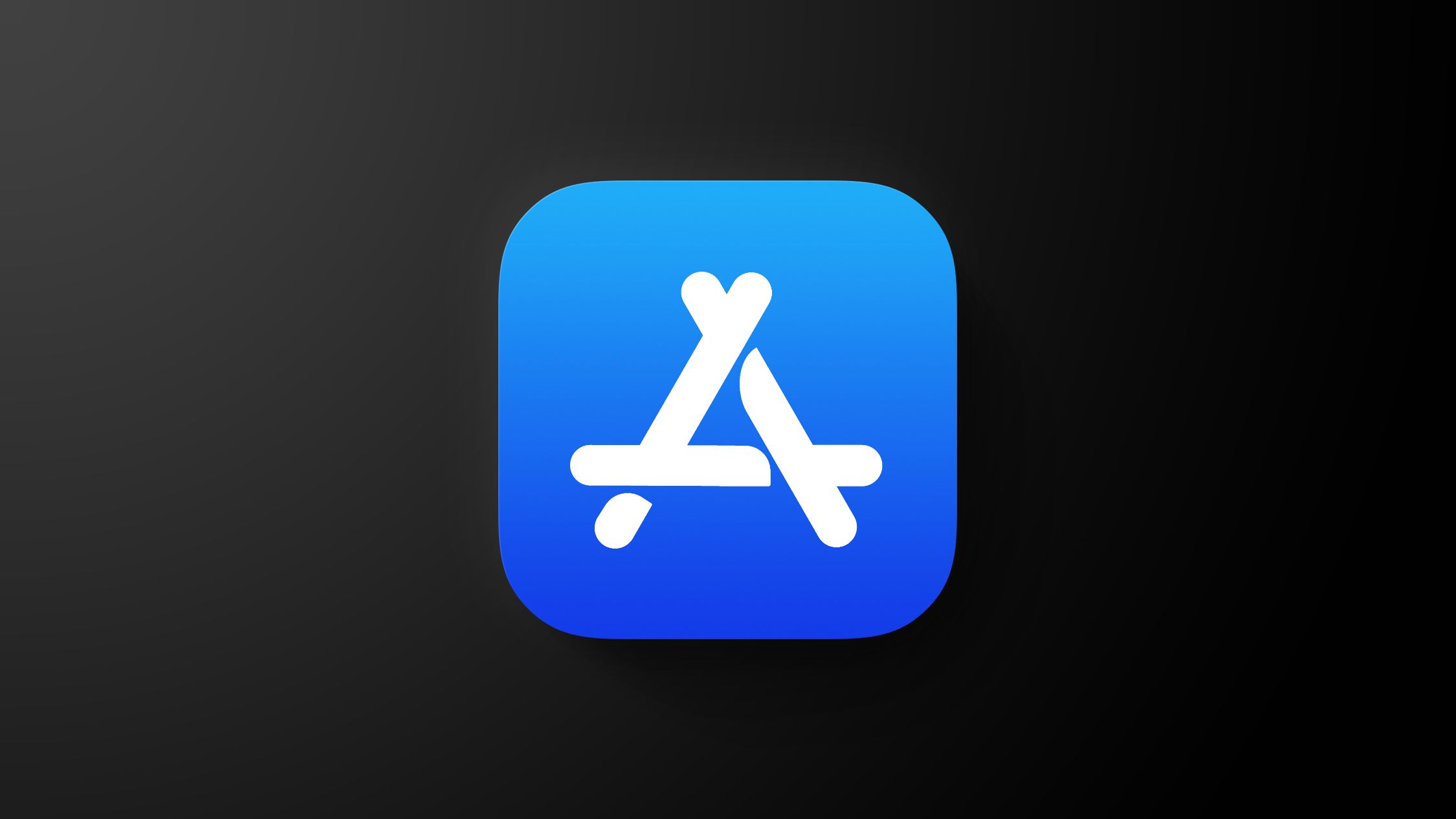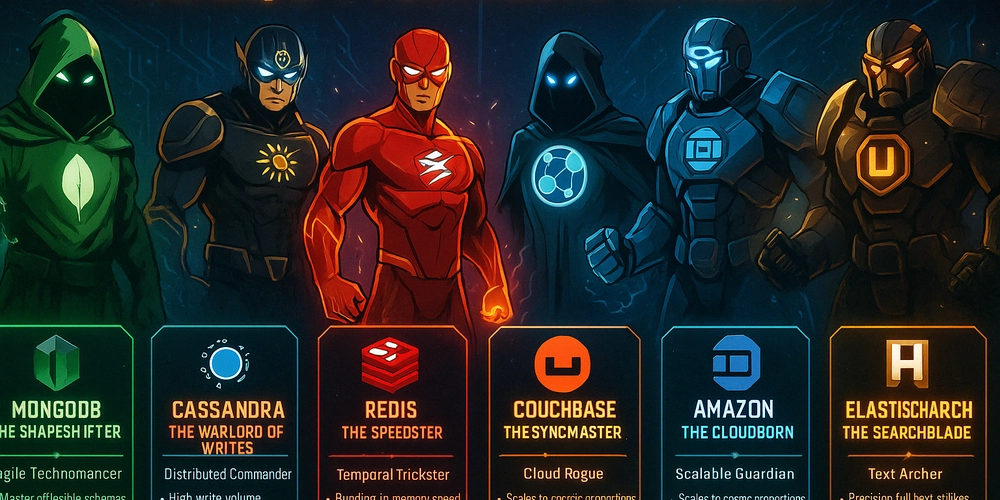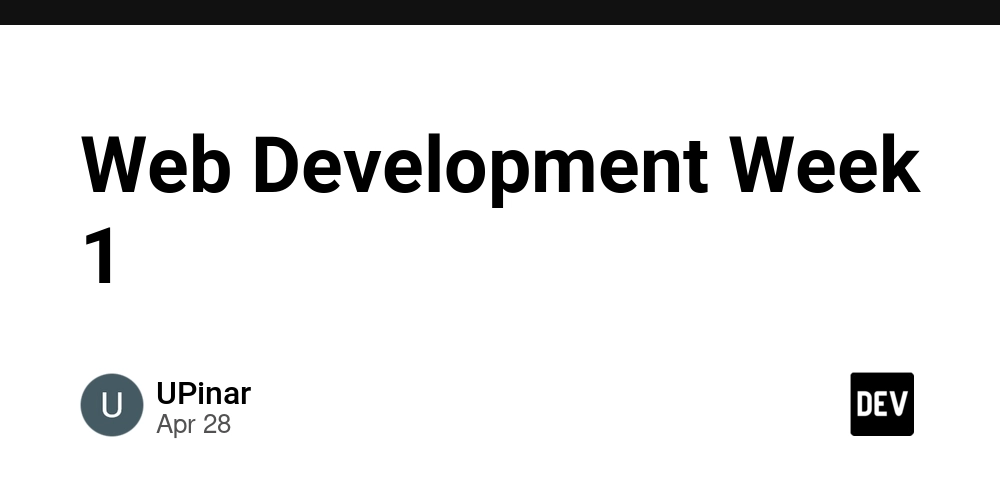Mastering Full Stack Development in 2025: A Step-by-Step Guide
Introduction Full Stack Development has emerged as one of the most dynamic and sought-after career paths in the tech industry. With businesses demanding versatile developers who can handle both front-end and back-end processes, mastering full stack development is no longer optional — it’s essential. This comprehensive guide walks you through every essential component you need to become a proficient full stack developer in 2025. 1. Understand What Full Stack Development Really Means Before diving in, it's crucial to grasp the scope and definition of full stack development. Full stack = Frontend + Backend + Database + DevOps Master both client-side (UI/UX) and server-side (logic, database, APIs) development. Popular tech stacks include MERN, MEAN, LAMP Choose one stack to specialize in and gradually diversify. Adaptability is key to growth Full stack devs often pivot between multiple tools and roles in real-world projects. Becoming a full stack developer isn't about mastering every tool — it's about knowing how they interact and making confident decisions. 2. Choose the Right Tech Stack in 2025 Your choice of tech stack can influence job opportunities, learning curve, and project compatibility. MERN Stack (MongoDB, Express.js, React, Node.js) Highly popular for building scalable single-page applications. MEAN Stack (MongoDB, Express.js, Angular, Node.js) Preferred for enterprise-grade web apps with strong type-checking. Jamstack and Serverless Techs Gaining popularity due to speed and security. Always consider market demand, community support, and personal interest before finalizing your stack. 3. Master the Core Front-End Skills Front-end is the face of the application — make it responsive, fast, and intuitive. HTML5, CSS3, and JavaScript (ES6+) These form the skeleton, skin, and muscles of any web app. Frameworks: React, Angular, Vue.js Learn at least one deeply to build dynamic user interfaces. Responsive design using Flexbox, Grid, and Media Queries Ensures smooth UX across all devices. Great front-end developers are also great designers — aim to understand basic UI/UX principles. 4. Get Comfortable with Back-End Development Back-end handles data, server logic, and application behavior. Learn Node.js, Python (Django/Flask), or PHP (Laravel) Node.js is often the go-to for JavaScript-based full stack work. Understand RESTful APIs and GraphQL APIs are how different parts of an application communicate. Implement Authentication, Authorization, and Middleware Secures your application and ensures logical access flow. A good back-end is invisible — it just works. 5. Database Management and Integration Knowing how to structure and query databases is essential. SQL (MySQL, PostgreSQL) vs NoSQL (MongoDB, Firebase) Choose based on data structure, scalability, and performance needs. Database design: normalization, relationships, indexing Helps in creating efficient, maintainable schemas. Use ORMs like Mongoose or Sequelize Abstracts database operations for easier data handling. Efficient database use ensures fast load times and great user experience. 6. Learn Version Control and Collaboration Tools Teamwork makes the dream work — and Git makes teamwork smooth. Git and GitHub/GitLab/Bitbucket Track changes, handle merges, and collaborate with ease. Branching strategies: GitFlow, trunk-based development Keep code organized during feature development. Code reviews, pull requests, and commit hygiene Improves code quality and helps you learn from peers. Version control is non-negotiable for professional developers. 7. Explore Deployment and DevOps Basics Knowing how to get your code live is a vital step toward independence. Use platforms like Vercel, Netlify, or Heroku Ideal for frontend and full stack deployment with minimal config. Learn Docker and basic CI/CD pipelines Automate testing, builds, and deployments. Understand hosting, domain routing, and SSL integration Brings professionalism and security to your projects. You don’t need to be a DevOps engineer, but basic fluency makes you a complete developer. 8. Build Real Projects to Cement Your Learning Theory without practice is wasted knowledge. Create CRUD apps, blogs, eCommerce sites, and admin dashboards These cover most real-world functionalities. Work on both personal and collaborative GitHub projects Enhances your portfolio and team skills. Clone popular apps (YouTube, Instagram, Netflix) Teaches architectural patterns and feature replication. Projects not only showcase skills but also help in identifying your strong areas. 9. Embrace Agile and Software Development Methodologies Understand how real teams work to prepare for professional roles. Scrum, Kanban, and Agile Sprints Common frameworks in tech companies to organize development. Use tools like Jira, Trello, Notion Organize tasks, sprints, and deliverables efficiently. Regular stand-ups, retrospectives, and peer reviews Boost communication and velocity in teams. Knowing the developmen
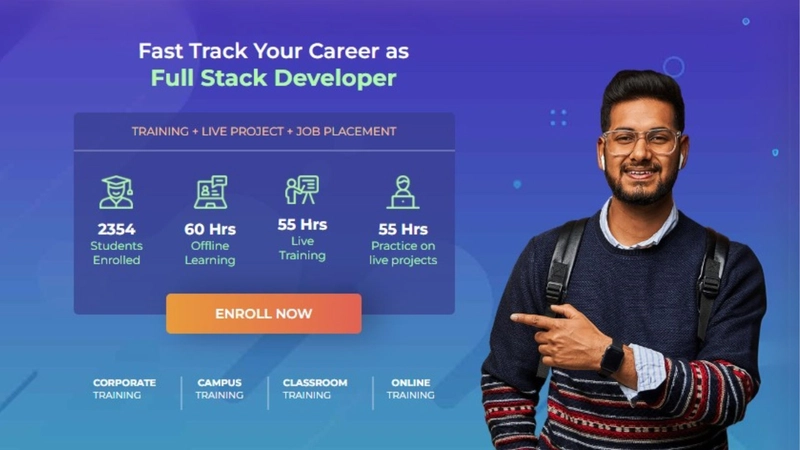

Introduction
Full Stack Development has emerged as one of the most dynamic and sought-after career paths in the tech industry. With businesses demanding versatile developers who can handle both front-end and back-end processes, mastering full stack development is no longer optional — it’s essential.
This comprehensive guide walks you through every essential component you need to become a proficient full stack developer in 2025.
1. Understand What Full Stack Development Really Means
Before diving in, it's crucial to grasp the scope and definition of full stack development.
Full stack = Frontend + Backend + Database + DevOps
Master both client-side (UI/UX) and server-side (logic, database, APIs) development.
Popular tech stacks include MERN, MEAN, LAMP
Choose one stack to specialize in and gradually diversify.
Adaptability is key to growth
Full stack devs often pivot between multiple tools and roles in real-world projects.
Becoming a full stack developer isn't about mastering every tool — it's about knowing how they interact and making confident decisions.
2. Choose the Right Tech Stack in 2025
Your choice of tech stack can influence job opportunities, learning curve, and project compatibility.
MERN Stack (MongoDB, Express.js, React, Node.js)
Highly popular for building scalable single-page applications.
MEAN Stack (MongoDB, Express.js, Angular, Node.js)
Preferred for enterprise-grade web apps with strong type-checking.
Jamstack and Serverless Techs
Gaining popularity due to speed and security.
Always consider market demand, community support, and personal interest before finalizing your stack.
3. Master the Core Front-End Skills
Front-end is the face of the application — make it responsive, fast, and intuitive.
HTML5, CSS3, and JavaScript (ES6+)
These form the skeleton, skin, and muscles of any web app.
Frameworks: React, Angular, Vue.js
Learn at least one deeply to build dynamic user interfaces.
Responsive design using Flexbox, Grid, and Media Queries
Ensures smooth UX across all devices.
Great front-end developers are also great designers — aim to understand basic UI/UX principles.
4. Get Comfortable with Back-End Development
Back-end handles data, server logic, and application behavior.
Learn Node.js, Python (Django/Flask), or PHP (Laravel)
Node.js is often the go-to for JavaScript-based full stack work.
Understand RESTful APIs and GraphQL
APIs are how different parts of an application communicate.
Implement Authentication, Authorization, and Middleware
Secures your application and ensures logical access flow.
A good back-end is invisible — it just works.
5. Database Management and Integration
Knowing how to structure and query databases is essential.
SQL (MySQL, PostgreSQL) vs NoSQL (MongoDB, Firebase)
Choose based on data structure, scalability, and performance needs.
Database design: normalization, relationships, indexing
Helps in creating efficient, maintainable schemas.
Use ORMs like Mongoose or Sequelize
Abstracts database operations for easier data handling.
Efficient database use ensures fast load times and great user experience.
6. Learn Version Control and Collaboration Tools
Teamwork makes the dream work — and Git makes teamwork smooth.
Git and GitHub/GitLab/Bitbucket
Track changes, handle merges, and collaborate with ease.
Branching strategies: GitFlow, trunk-based development
Keep code organized during feature development.
Code reviews, pull requests, and commit hygiene
Improves code quality and helps you learn from peers.
Version control is non-negotiable for professional developers.
7. Explore Deployment and DevOps Basics
Knowing how to get your code live is a vital step toward independence.
Use platforms like Vercel, Netlify, or Heroku
Ideal for frontend and full stack deployment with minimal config.
Learn Docker and basic CI/CD pipelines
Automate testing, builds, and deployments.
Understand hosting, domain routing, and SSL integration
Brings professionalism and security to your projects.
You don’t need to be a DevOps engineer, but basic fluency makes you a complete developer.
8. Build Real Projects to Cement Your Learning
Theory without practice is wasted knowledge.
Create CRUD apps, blogs, eCommerce sites, and admin dashboards
These cover most real-world functionalities.
Work on both personal and collaborative GitHub projects
Enhances your portfolio and team skills.
Clone popular apps (YouTube, Instagram, Netflix)
Teaches architectural patterns and feature replication.
Projects not only showcase skills but also help in identifying your strong areas.
9. Embrace Agile and Software Development Methodologies
Understand how real teams work to prepare for professional roles.
Scrum, Kanban, and Agile Sprints
Common frameworks in tech companies to organize development.
Use tools like Jira, Trello, Notion
Organize tasks, sprints, and deliverables efficiently.
Regular stand-ups, retrospectives, and peer reviews
Boost communication and velocity in teams.
Knowing the development process makes onboarding in companies smoother.
10. Keep Updating and Upskilling
Tech evolves rapidly. Stay ahead, or risk becoming obsolete.
Follow industry blogs, YouTube channels, newsletters
Stay current with trends, tools, and frameworks.
Attend hackathons, webinars, and tech conferences
Helps in networking and gaining new perspectives.
Consider certifications and micro-courses
Platforms like Coursera, Udemy, and edX offer relevant programs.
In tech, being a lifelong learner isn’t optional — it’s survival.
Conclusion
Mastering full stack development in 2025 is a journey — one that demands commitment, consistent practice, and curiosity. Whether you’re just starting out or switching careers, building a solid foundation in both frontend and backend technologies can open the door to diverse and lucrative opportunities. Start small, stay consistent, and soon enough, you’ll be building full-fledged applications with confidence and creativity.

















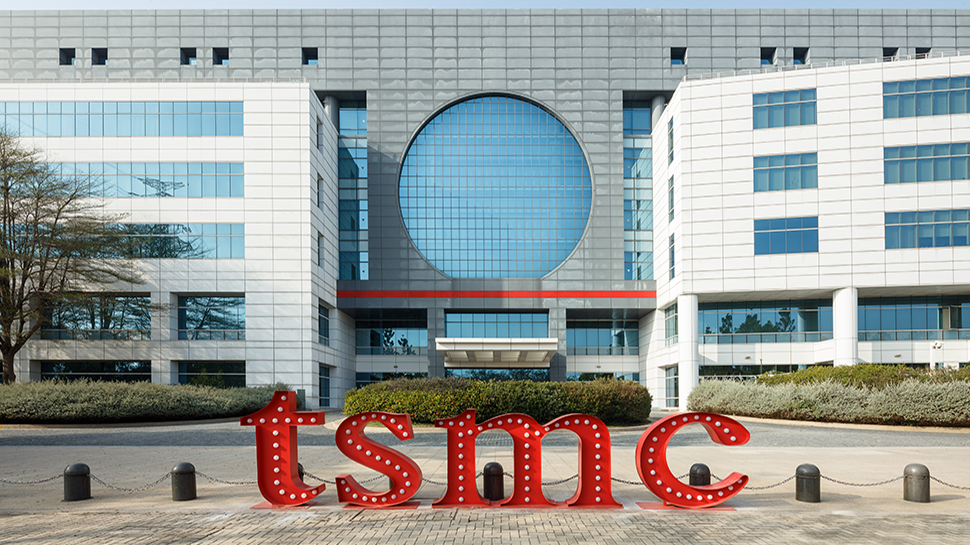










![[Free Webinar] Guide to Securing Your Entire Identity Lifecycle Against AI-Powered Threats](https://blogger.googleusercontent.com/img/b/R29vZ2xl/AVvXsEjqbZf4bsDp6ei3fmQ8swm7GB5XoRrhZSFE7ZNhRLFO49KlmdgpIDCZWMSv7rydpEShIrNb9crnH5p6mFZbURzO5HC9I4RlzJazBBw5aHOTmI38sqiZIWPldRqut4bTgegipjOk5VgktVOwCKF_ncLeBX-pMTO_GMVMfbzZbf8eAj21V04y_NiOaSApGkM/s1600/webinar-play.jpg?#)









































































































































![[The AI Show Episode 145]: OpenAI Releases o3 and o4-mini, AI Is Causing “Quiet Layoffs,” Executive Order on Youth AI Education & GPT-4o’s Controversial Update](https://www.marketingaiinstitute.com/hubfs/ep%20145%20cover.png)












































































































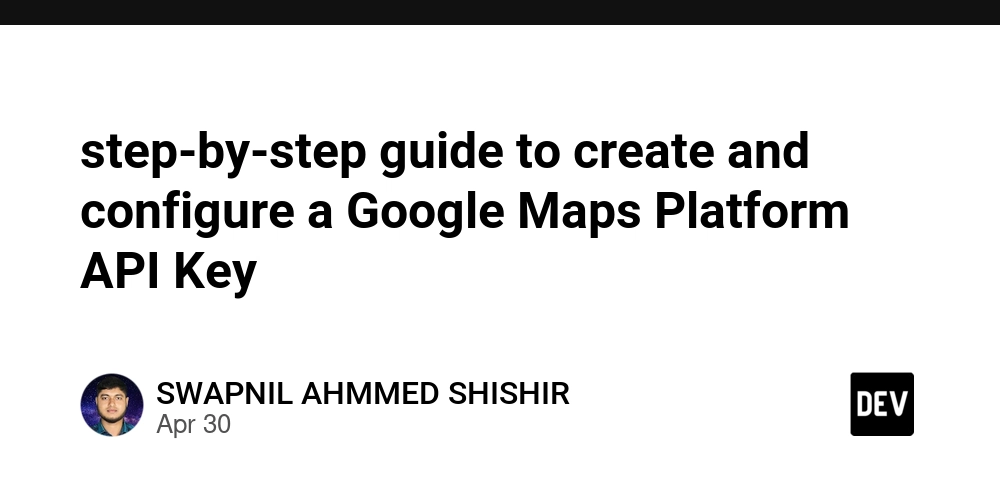
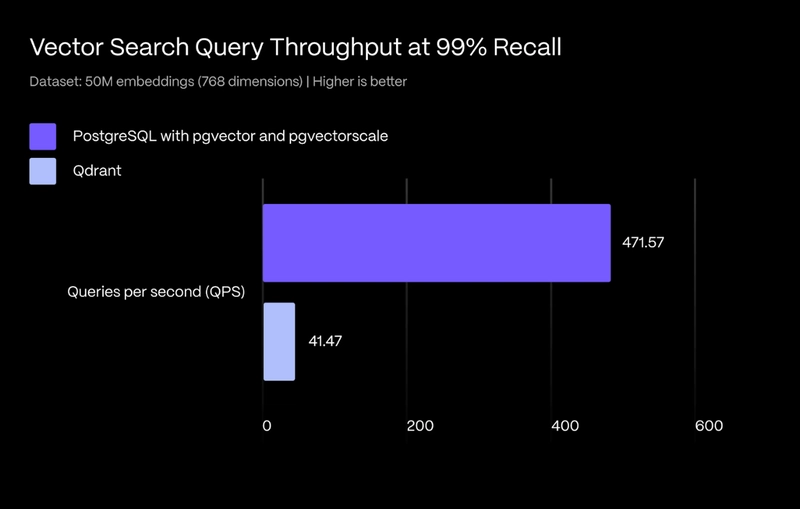




























































































































































_Jochen_Tack_Alamy.png?width=1280&auto=webp&quality=80&disable=upscale#)

















































































































![New Hands-On iPhone 17 Dummy Video Shows Off Ultra-Thin Air Model, Updated Pro Designs [Video]](https://www.iclarified.com/images/news/97171/97171/97171-640.jpg)
![Apple Shares Trailer for First Immersive Feature Film 'Bono: Stories of Surrender' [Video]](https://www.iclarified.com/images/news/97168/97168/97168-640.jpg)
![Apple Restructures Global Affairs and Apple Music Teams [Report]](https://www.iclarified.com/images/news/97162/97162/97162-640.jpg)
![New iPhone Factory Goes Live in India, Another Just Days Away [Report]](https://www.iclarified.com/images/news/97165/97165/97165-640.jpg)


















